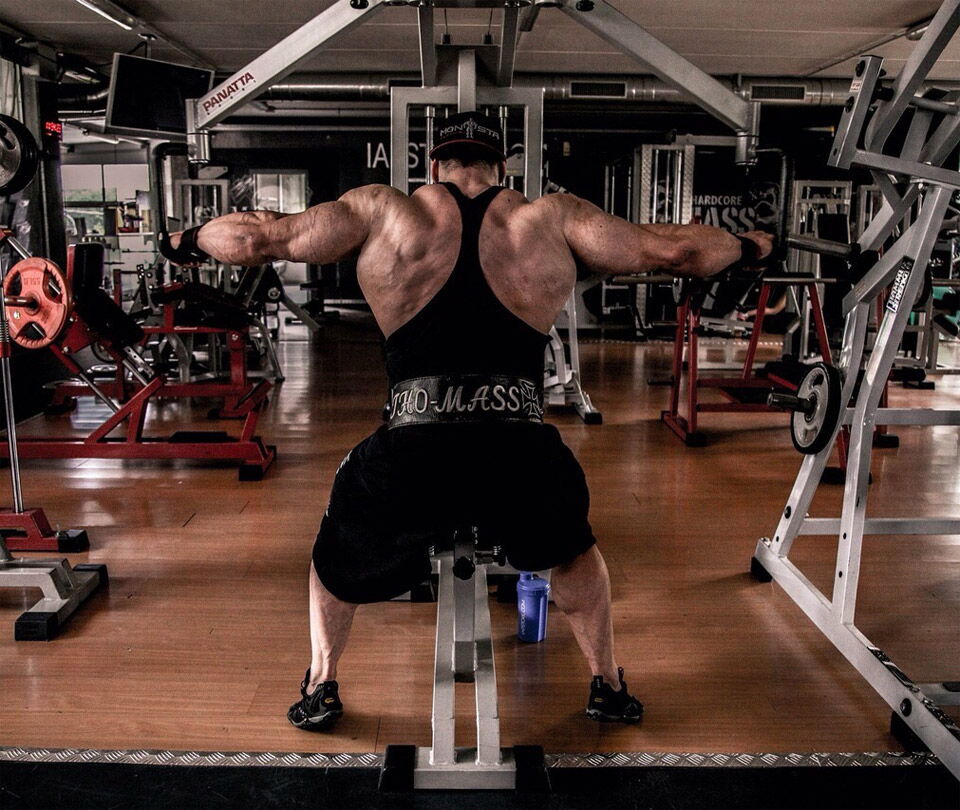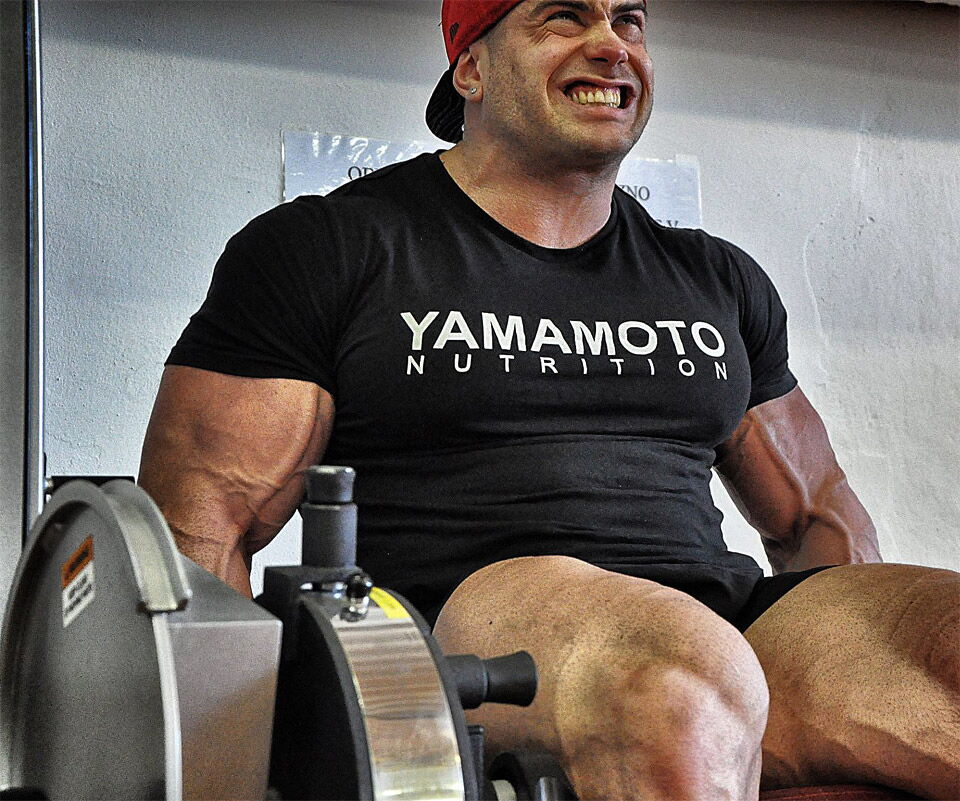Fitness equipment classification
The equipment produced for performing fitness exercises can be subdivided into three types:
1. Equipment for carrying out muscle-building activities which essentially includes dumbbells, barbells, cast iron or iron discs, kettlebells, and medicine balls.
2. Tools for aerobic activities: mats, fitness balls, elastic bands, steps and lower size and weight dumbbells fall into this category
3. Stationary training equipment. This category represents isotonic machines and cardio equipment.
Isotonic machines
Isotonic machines owe their name to the dynamic, "isotonic" muscular contraction in which
muscle tension remains constant during the entire arc of movement, both in the concentric and eccentric phases. The movement is done with a pulley system of ellipsoidal shape, called cam. This allows the power arm and the resistance arm to vary during rotation due to the different pulley radius. This ensures constant muscular effort during the entire arc of movement.
This type of equipment has the advantage of allowing physical exercises to be performed in total safety, with the presence of a data sheet which clearly describes its use; no special skills are required for learning the movement; once the exercise has been shown by the instructor or personal trainer, it can be performed independently and without special supervision. The low level of risk is provided by the predefined movement trajectories, as well as the presence of preload levers that facilitate execution of the first and last repetition. These aspects are what has currently prompted many gyms to adopt the philosophy promoted by numerous equipment companies: that the presence of such machines is essential for a safe workout that avoids the damage that incorrect perfomance of exercises with free weights could cause to the musculoskeletal system, and at the same time is a symbol of high quality offered to customers.
Basic exercises and supplementary exercises
Based on a biomechanical analysis that takes account of the type of movement and trajectory created during the exercises, a subdivision can be made between basic exercises and supplementary exercises. The first allow the activation of large muscle chains, involving more joints, with a high degree of synergy since, in addition to the primary agonist muscles, they require the intervention of secondary agonists and stabilisers. They are therefore able to adequately stimulate coordination and proprioception, with the latter referring to a correct perception of the body in space and the performed exercise. The trajectories created are attributable to straight lines, some examples are the "squat", "slow lean" and "flat-bench bench press". The second has the opposite characteristics, they allow a muscle to be isolated for targeted exercise, avoiding the intervention of secondary agonists; they are single joint exercises, have a low degree of muscle synergy and are suitable to specific constraints: "reverse hamstring curls", "side raises"and "bench crosses" are among these.

Side raises allow you to isolate the deltoid muscles.
Although they may be considered high-level trauma exercises, an accusation that is primarily targeted at basic exercises for the complexity of movements and the high degree of required motor control, they are the most natural and functional movements that the machine-man can accomplish.
Training benefits with free weights
There are many benefits from training with free weights, found in terms of improved posture, muscle tone, balance, in vital parameters such as cardiopulmonary capacity and health of the entire musculoskeletal system, improving muscle strength, stabilising structures' capacity, the ligamentous proprioceptive capacity and the densification of the
connective structures. Recent studies have also shown, obviously also in relation to the subject's abilities and joint mobility, the superiority of protocols based on basic exercises for rehabilitation, compared to those performed with the aid of machines that offer open kinetic chain exercises isolating the muscle to be treated.
Open kinetic chain and closed kinetic chain
An open kinetic muscular chain when the system has a free distal end. Or the lower limb during walking in the oscillating phase; the extension of the leg in a sitting position; moving the upper limb to launch an object and so on.
A closed kinetic muscular chain when the distal end of the system is fixed, unlike the proximal end, which is free to move during the movement.
For example, the squat is a closed kinetic chain exercise because the feet remain in contact with the ground while the quadriceps muscles do the work. In turn, leg extensions are considered an open kinetic chain exercise because while the body remains seated, the legs are moving.

The squat is a closed kinetic chain exercise because the feet are bound to the push plate.

The leg extension is an open kinetic chain exercise because it does not provide an end constraint nor the movement of the other segments.
In closed kinetic chain exercises, in which the movement of a segment is transmitted to the other chain's elements, the involved joints tend to stabilize due to multi-joint nature and the type of trajectory. It is therefore possible to study targeted protocols, varying volume and intensity, which respond to users' needs varied by gender, age and physical condition. The idea that this is a workout only for those who seek gains in strength and hypertrophy and that it provides nothing for those who approach fitness for different purposes, probably comes from the close relationship that was gradually established between bodybuilding competition, the practice of weightlifting and exercising with barbells and dumbbells, which has helped shape a misleading picture.
